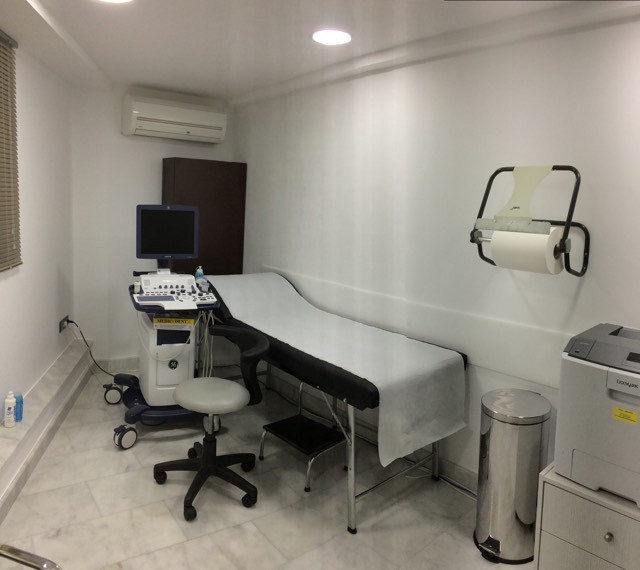US Upper and lower abdomen

Ultrasound Upper and lower abdomen (adult & infant) is a first-line exam for the control of abdominal pain. With this examination, the subject can diagnose a range of conditions that lie in the area under consideration.
Specifically:
- The liver is examined for its size and any lesions focal (bladder, hemangioma, abscess, neoplasia (primary and metastatic tumors)) or diffuse (fatty infiltration).
- The gall bladder is checked for gallstones (stones), polyps, sediment (mud) or cholecystitis (inflammation).
- The spleen is examined for its size and composition. Splendomegaly occurs in infections, in diseases blood etc.
- The kidneys are examined for nephrolithiasis (stone), obstructive uropathy (pyelocytosis systemic), renal insufficiency as well as focal lesions (bladder, angiomyopathy, neoplasia).
- The pancreas is checked for its size and sonorhomy, for focal lesions or lesions
- pancreatitis (acute or chronic) and primary tumors
- The bladder is examined for the presence of lithiasis, parietal lesions (seizure, neoplasia) or diffuse (cystitis, bladder test) as well as for the measurement of the urine residue after urination.
- The retroperitoneal space is examined for the presence of aneurysm of the abdominal aorta, lymph nodes and the case of ascites collection.
- The intestine is screened for appendicitis, diverticulitis and for large primary bowel tumors.
- The abdominal walls are checked for any hernia (umbilical, inguinal), muscle hematomas, subcutaneous tissue lipids.
- The prostate is checked for its size and for any focal lesions.
- The uterus is examined for focal lesions (fibromyalgia, neoplasia) and for the thickness of the endometrium.
- The ovaries are controlled for their size and for focal lesions (bladder, teratoma, neoplasia)
With the above analysis, it is easy to see the range of diseases, diseases and malformations that can be detected with upper abdominal ultrasound.
The value of this test is further enhanced by the fact that the subject is not exposed to radiation at all.
Preparation for Upper Abdominal Ultrasound:
- Preparation includes fasting 8-10 hours before the test (light non-greasy meal 8-10 hours ago) and not infusions, such as tea or coffee.
- Avoid smoking.
- It is good to avoid cellulosic foods such as greens, legumes, vegetables and fruits, as well as dairy products (milk, yogurt) from the day before.
- Free meat, fish, chicken, pasta.
Preparing for Lower Abdominal Ultrasound:
Two hours before the test, you will urinate last time and then drink 5-6 glasses of water gradually over an hour. Avoid urinating again until the examination time. You should have a strong urge to urinate at the time of the test.






